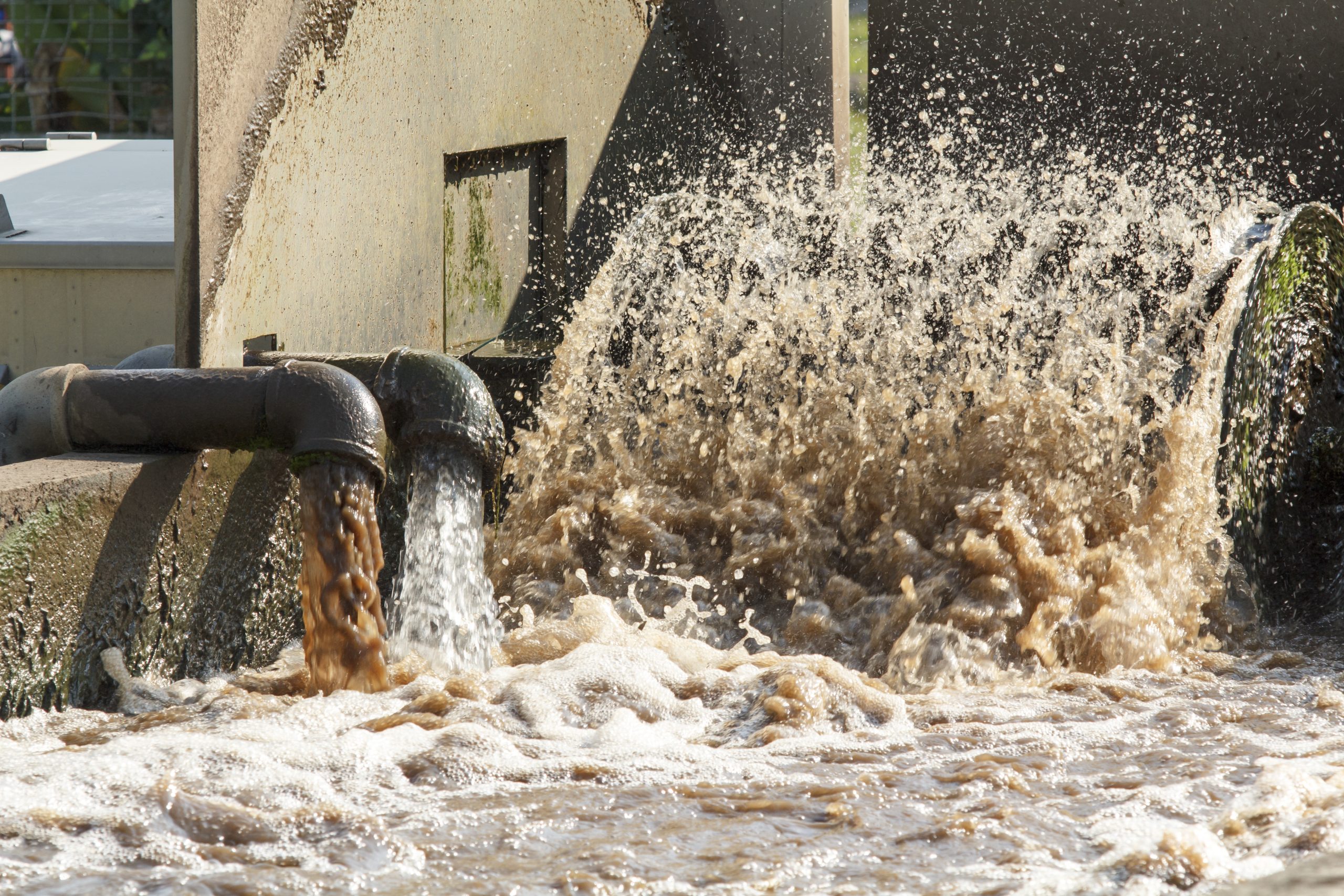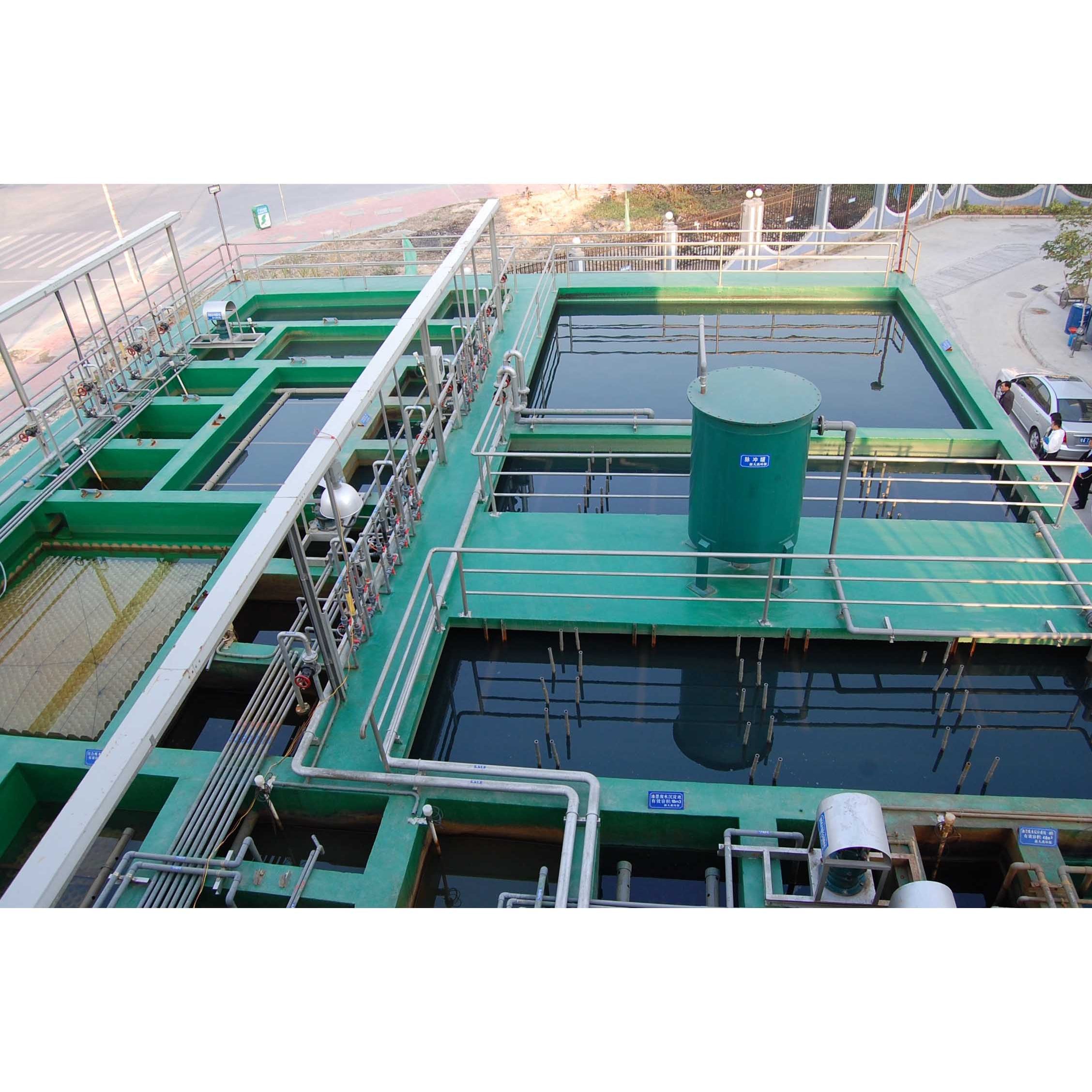Industrial Waste Water Treatment-- Customized Solutions for Effective Wastewater Treatment
Wiki Article
Key Methods in Hazardous Waste Water Treatment Processes
The treatment of commercial wastewater is a critical facet of environmental management, involving a variety of strategies created to mitigate the influence of contaminants. From the fundamental physical approaches that separate solids to the innovative chemical and biological processes that target details contaminants, each technique plays an essential function in attaining water high quality criteria. Advancements in innovations such as membrane purification and advanced oxidation processes supply cutting-edge options for enhancing treatment effectiveness. Understanding just how these techniques adjoin and their implications for sustainability raises crucial inquiries concerning the future of wastewater management in market.Physical Therapy Approaches
Just how properly can physical therapy methods attend to the intricacies of commercial wastewater? Physical therapy techniques play an essential duty in the initial phases of wastewater monitoring, concentrating mainly on the elimination of solids and huge particulates. Strategies such as filtration, flotation, and sedimentation are vital for minimizing the focus of suspended solids, thus improving the efficiency of succeeding therapy processes.Sedimentation involves the gravitational settling of solids, permitting for the separation of much heavier products from the wastewater. This technique is specifically effective in making clear water prior to biological or chemical treatments.
In addition, flotation methods, which use air bubbles to lift put on hold solids to the surface area for elimination, are reliable in treating wastewater with high focus of fats, oils, and oils. In general, physical treatment methods work as a vital initial step in the detailed management of commercial wastewater, guaranteeing that the lots on succeeding therapy stages is reduced and boosting overall therapy efficacy.
Chemical Treatment Methods
While physical therapy approaches prepared for efficient wastewater monitoring, chemical treatment techniques are vital for addressing the more intricate contaminants usually discovered in industrial effluents. These approaches use numerous chemical agents to speed up, counteract, or oxidize dangerous substances, making certain a much more thorough removal of toxins.
One typical strategy is coagulation and flocculation, where chemical coagulants such as aluminum sulfate or ferric chloride are included in promote the aggregation of put on hold fragments. This process improves solid-liquid splitting up, decreasing turbidity and boosting water quality. Furthermore, neutralization procedures are used to change the pH of wastewater, making use of bases or acids to reduce the effects of acidic or alkaline streams, specifically.
Oxidation-reduction responses play a vital duty in degrading organic pollutants and virus. Chemical oxidants like hydrogen, chlorine, or ozone peroxide are utilized to break down complicated organic compounds, making them much less unsafe or more naturally degradable. Advanced oxidation processes (AOPs) integrate numerous oxidation techniques to boost pollutant removal performance.
Biological Treatment Procedures
The effectiveness of wastewater therapy is substantially boosted by biological treatment procedures, which harness the all-natural metabolic tasks of microbes to decay raw material and get rid of pollutants. Industrial Waste Water Treatment. These procedures largely entail anaerobic and aerobic digestion, each tailored for specific kinds of wastewaterCardio treatment processes make use of oxygen to sustain microbial development, promoting the breakdown of natural contaminants right into carbon dioxide and water. Usual methods consist of triggered sludge click here now systems, where oygenation tanks promote the blending of wastewater with microorganisms, and flowing filters, which motivate biofilm advancement on media surface areas.
On the other hand, anaerobic therapy procedures occur in the absence of oxygen, making use of anaerobic microorganisms to decompose organic issue, causing biogas manufacturing, a renewable resource resource. Anaerobic digesters are typically employed in industrial setups for this function, properly reducing the volume of sludge while generating useful biogas.
The selection of a biological treatment technique depends on wastewater qualities, therapy goals, and regulative standards. The combination of biological procedures in wastewater treatment not only boosts toxin removal performance yet also advertises sustainability by reducing chemical usage and supporting source recuperation.
Advanced Oxidation Processes

Common AOP techniques consist of Fenton's reagent, photocatalysis, and ozonation. Fenton's reagent, a mix of hydrogen peroxide and ferrous iron, militarizes the formation of hydroxyl radicals, making it reliable for dealing with wastewater having phenolic compounds and various other recalcitrant materials.
AOPs supply a number of benefits, including decreased sludge production and the capacity to treat wastewater with high focus of organic toxins. The application of AOPs requires cautious consideration of operational parameters and cost-effectiveness, ensuring that these advanced techniques are properly incorporated right into existing wastewater treatment systems.
Membrane Layer Filtering Technologies

Microfiltration works for removing suspended solids and microorganisms, while ultrafiltration targets smaller natural particles and infections. Nanofiltration connects the void between ultrafiltration and reverse osmosis, efficiently eliminating organic compounds and divalent ions. Reverse osmosis provides the highest degree of filtration, utilized mostly for desalination and getting rid of mono-valent ions.
Membrane innovations supply countless benefits, consisting of low energy usage compared to standard treatment techniques, modular style for scalability, and the possibility for water recuperation and reuse. Nonetheless, obstacles such as membrane layer fouling and the requirement for routine maintenance should be dealt with to guarantee system effectiveness. In general, membrane purification modern technologies represent a crucial component of modern industrial wastewater therapy techniques, advertising sustainability and resource conservation in water monitoring.
Verdict
In conclusion, industrial wastewater treatment uses a varied variety of techniques, including physical, chemical, biological, and progressed methods. Each approach plays an important duty in properly attending to numerous pollutants, enhancing water high quality, and advertising source sustainability. The combination of these techniques fosters a thorough treatment strategy, ensuring that commercial effluents satisfy governing requirements while lessening ecological effect. Proceeded developments in these techniques will additionally improve the efficiency and effectiveness of wastewater treatment procedures in industrial settings.The therapy of commercial wastewater is a crucial aspect of environmental management, including a variety of strategies developed to alleviate the effect of impurities.Just how effectively can physical treatment methods deal with the intricacies of industrial wastewater?Advanced oxidation procedures (AOPs) represent a sophisticated technique in industrial wastewater treatment, designed to properly degrade organic toxins that are frequently resistant to standard therapy methods (Industrial Waste Water Treatment).In verdict, commercial wastewater treatment utilizes a diverse range of methods, including physical, chemical, biological, and advanced techniques. Continued improvements in these methodologies will further boost the performance and effectiveness of wastewater treatment processes in industrial setups
Report this wiki page